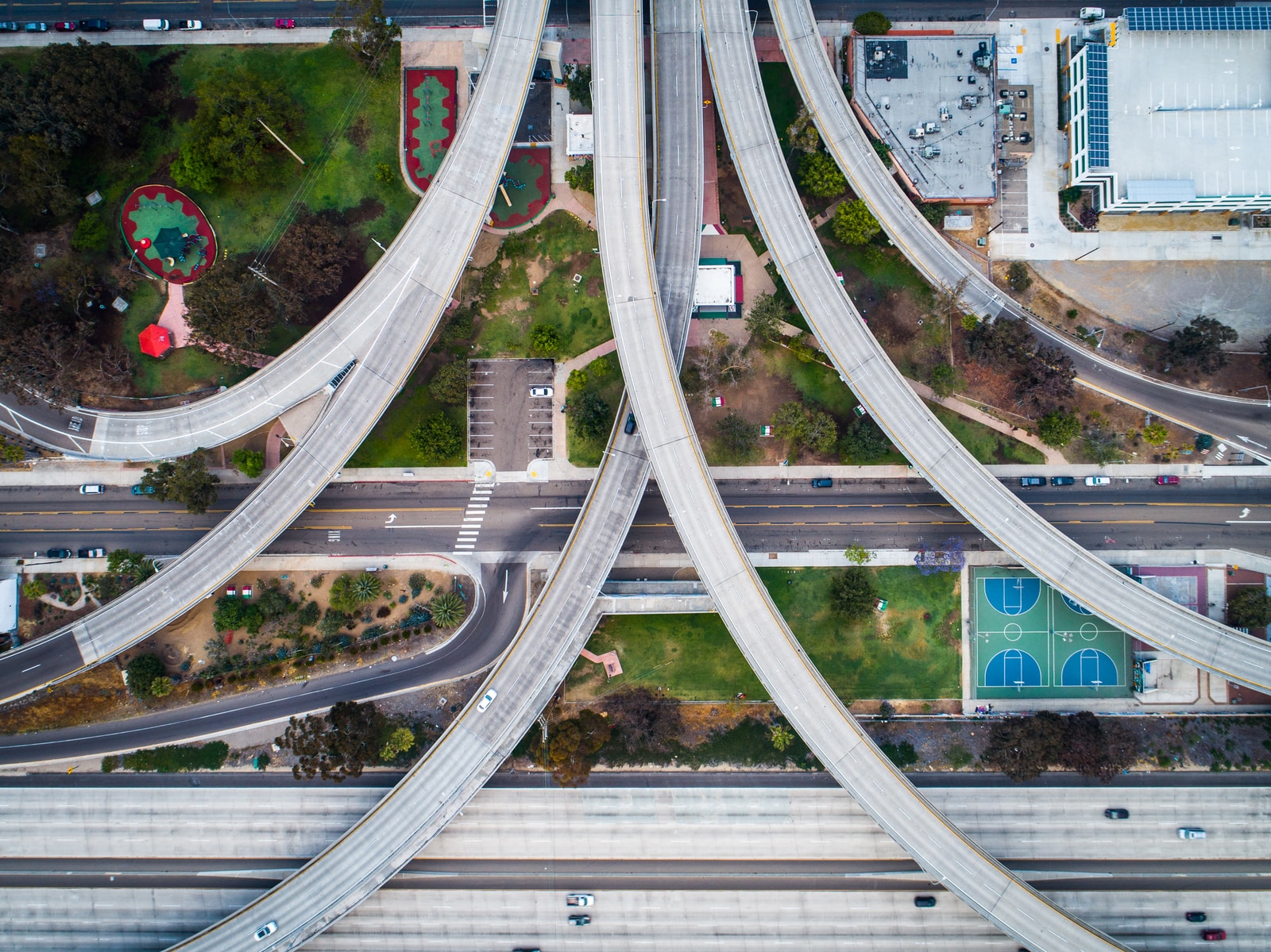The surprise shutdown of America’s largest fuel pipeline warns us about the importance of infrastructure—and what happens when we neglect it.
In the last few days, prices at the gas pumps here in New Jersey have jumped by about a dime per gallon. If the Colonial Pipeline that runs up and down the East Coast remains closed for much longer, costs will soar. We’re already starting to hear ferslaggen of long lines at gas stations.
I’m old enough to say it feels a little like the 1970s in the United States again.
Lately—and unfortunately—we’ve been getting a lot of unpleasant reminders about the weaknesses of our infrastructure, both here in the United States as well as around the world.
 Yn febrewaris, the electrical grid in Texas fizzled out during a freak winter storm. Millions of people lost power, shivered in the cold, and watched their frozen pipes burst. Yn maart, a massive container ship blocked the Suez Canal, halting global trade in a major waterway for nearly a week.
Yn febrewaris, the electrical grid in Texas fizzled out during a freak winter storm. Millions of people lost power, shivered in the cold, and watched their frozen pipes burst. Yn maart, a massive container ship blocked the Suez Canal, halting global trade in a major waterway for nearly a week.
Now comes the Colonial Pipeline fiasco, which apparently was caused by the cyberattacks of an Eastern European criminal group called “DarkSide.”
Some of these mishaps involving infrastructure may be unavoidable. Life isn’t fair and misfortune affects us all.
Yet the vitality of our infrastructure is a choice. We can choose to invest in it, and I welcome the current debate in the U.S. Congress over how we might spend more on infrastructure.
Too often, lykwols, we prefer to ignore it.
We saw this in January, when President Biden revoked the construction permits to build the Keystone XL Pipeline. Its purpose was to strengthen our infrastructure by improving our ability to move crude oil and deliver energy.
 Pipes are the best way to convey fuel, but they aren’t the only way. Trucks can transport them as well—but somebody has to drive them. Twa jier lyn, the American Trucking Associations reported a shortage of more than 60,000 drivers. Demand eased during the COVID-19 pandemic, but it’s rising again—and now we have to contend with federal unemployment payments that discourage people from returning to work.
Pipes are the best way to convey fuel, but they aren’t the only way. Trucks can transport them as well—but somebody has to drive them. Twa jier lyn, the American Trucking Associations reported a shortage of more than 60,000 drivers. Demand eased during the COVID-19 pandemic, but it’s rising again—and now we have to contend with federal unemployment payments that discourage people from returning to work.
Even without these decisions, we find ourselves on the verge of suffering from multiple failures of infrastructure because we’ve repeatedly chosen to expose ourselves to vulnerability. This spring, bygelyks, the American Society of Civil Engineers, released its quadrennial report card on U.S. infrastructure. It awarded a grade of C-minus.
The only good thing about that dismal mark is that it represents an improvement over 2017, when the ASCE gave a grade of D-plus.
It’s still a bad score. Here’s an un-fun fact from this year’s report: 43 percent of U.S. public roadways are in “poor” or “mediocre” condition.
 Business, along with farmers like me are especially at risk. In the past, American infrastructure has given us a competitive advantage among nations that also export food. As we sell to customers across our borders, moving products from farm to port, we benefit from an amazing system of roads, rails, and rivers.
Business, along with farmers like me are especially at risk. In the past, American infrastructure has given us a competitive advantage among nations that also export food. As we sell to customers across our borders, moving products from farm to port, we benefit from an amazing system of roads, rails, and rivers.
We’re letting them decay—and we can’t say that we weren’t warned.
Ynstee, we’re choosing to ignore the problem.
Sometimes we do even worse: We obfuscate it by redefining “infrastructure” to mean something other than the physical systems that allow our society to function. The Biden administration, for instance, has included the creation of a Civilian Climate Corps as part of its plan to boost spending on infrastructure.
Modeled on the Civilian Conservation Corps of the Great Depression, a new CCC may be an excellent idea that’s worth $10 miljard, per the White House proposal.
But it’s not infrastructure and we shouldn’t pretend that it is.
 Sen. Kristin Gillibrand of New York has gone even further. In a tweet last month, she expanded the definition of “infrastructure” to include “paid leave,” “child care,” en “caregiving.’
Sen. Kristin Gillibrand of New York has gone even further. In a tweet last month, she expanded the definition of “infrastructure” to include “paid leave,” “child care,” en “caregiving.’
Again, these could be worthy expenditures—but they are not infrastructure.
The moment when infrastructure becomes everything is precisely the time it has become nothing.
And that’s the problem. We’ve neglected our infrastructure for too long. We’ve treated it like it’s nothing.
We shoot ourselves in the foot. Then we wonder why we’re limping.

